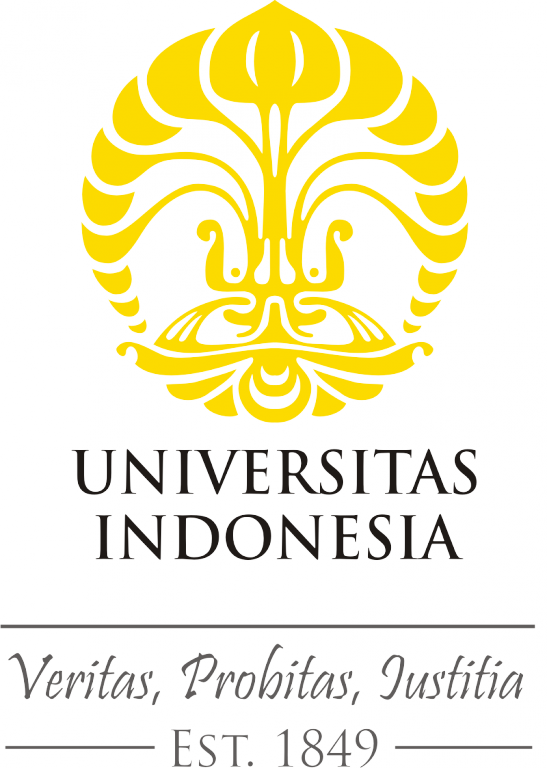Essentials of Statistics for the Behavioral Sciences (MindTap Course List) 10th Edition (INSTRUCTOR'S MANUAL)
Type: Instructor's Manual (Khusus Do


| Call Number | SEM-354 |
| Collection Type | Indeks Artikel prosiding/Sem |
| Title | Transhumance,livelihood and sustainable development and conflict between formal institution and communal governance: and evaluative note on east himalayan state of sikkim, india (V1-1 s/d V1-07) |
| Author | Anjan Chakrabarti; |
| Publisher | 2011 international conference on social science and humanity february 26-28, 2011 singapore volume 1 proceedings (ICSSH) |
| Subject | IEEE,2011 |
| Location |
| Nomor Panggil | ID Koleksi | Status |
|---|---|---|
| SEM-354 | TERSEDIA |